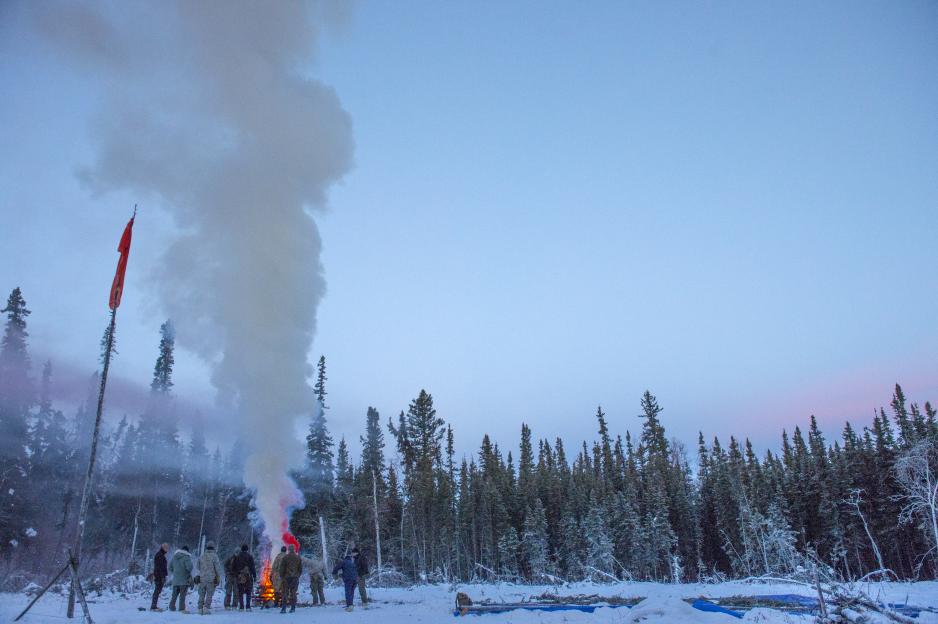Environmental changes affect Arctic security

Climate change in the Arctic has reinforced security concerns, from geopolitical issues to food security and human health. "People are talking about different things when they talk about the security part of the environment", says Auður Ingólfsdóttir of Bifröst University in Iceland. This is why the dialogue between academics, politicians and the military needs to be strengthened.
Because of the rapid environmental changes and what they are going to mean when it comes to security in the Arctic, the region has become a hot topic.
"The harsh environment has always shaped the lives of Arctic people and contributed to a certain isolation of many communities", explains Ingólfsdóttir, who moderated the session on Arctic security at the Arctic Circle Assembly in Reykjavík. Climate change could facilitate the access to the area and increase the potential of possible activities.
Geopolitical versus comprehensive security
There are different conceptions, however, of what environmental security means. In one way, resource scarcity or changes in the access to resources could fuel ‘old’ security conflicts, with geopolitical interests coming to the forefront. Environmental security can also be understood in a more comprehensive, multi-layered way as threats arising directly from the environmental changes.

Military installations sitting on "marshmallows"?
Senior advisor for Arctic matters at the European External Action Service, Terkel Petersen, inquires about the impact of the permafrost thaw on Russian military installations in the Arctic. The transformation of the so-far frozen soil into "marshmallows" could have a serious impact on the stability of buildings and other infrastructure.
According to Lassi Heininen, Adjunct Professor at the University of Lapland, Finland, this is of subordinate importance: "If you are onboard an icebreaker, it doesn’t matter if the permafrost is melting. Russia has military capabilities, whether the permafrost is melting or not."

Seeing the people in human security
For Ingólfsdóttir, the "problem in mainstream International Relations theories is: Where are the people? How is climate change impacting the people and communities?"
Her approach, which encompasses feminist theory, takes these concerns and the need to make connections between states and communities into account. Ingólfsdóttir reasons: "When it comes to the environment, you cannot stay on a global or local level, it’s about interactions", including interactions between states and communities, which are not taken into consideration in conventional international relations theory.
Empowerment of marginalized communities
Michele Olivier, Reader at the University of Hull in the UK, also argues for the need for a comprehensive definition of environmental security and "for a people-centered approach, geared towards protection and empowerment of marginalized and indigenous communities."
Environmental issues have become a matter of environmental justice and affect security at all levels: "We are all in this together and it would be to our detriment to take a silo approach to security", Olivier says.
Need to strengthen dialogue
The dialogue between academics, politicians and military needs to be improved. In addition to the right set-up and the willingness of all parties to participate in a dialogue, this means that academics need to get out of the abstract and be very clear and concrete in their communications.
Not enough data on marine activities
Tom Arnbom of WWF emphasizes the lack of data on shipping, fisheries and other activities that impact the Arctic marine environment and are affected by environmental changes. He argues for a sustainable blue economy based on clean technologies, renewable energy and circular material flows and which benefits current and future generations.
"A pristine Arctic doesn’t exist. Indigenous people have been living here for thousands of years."
